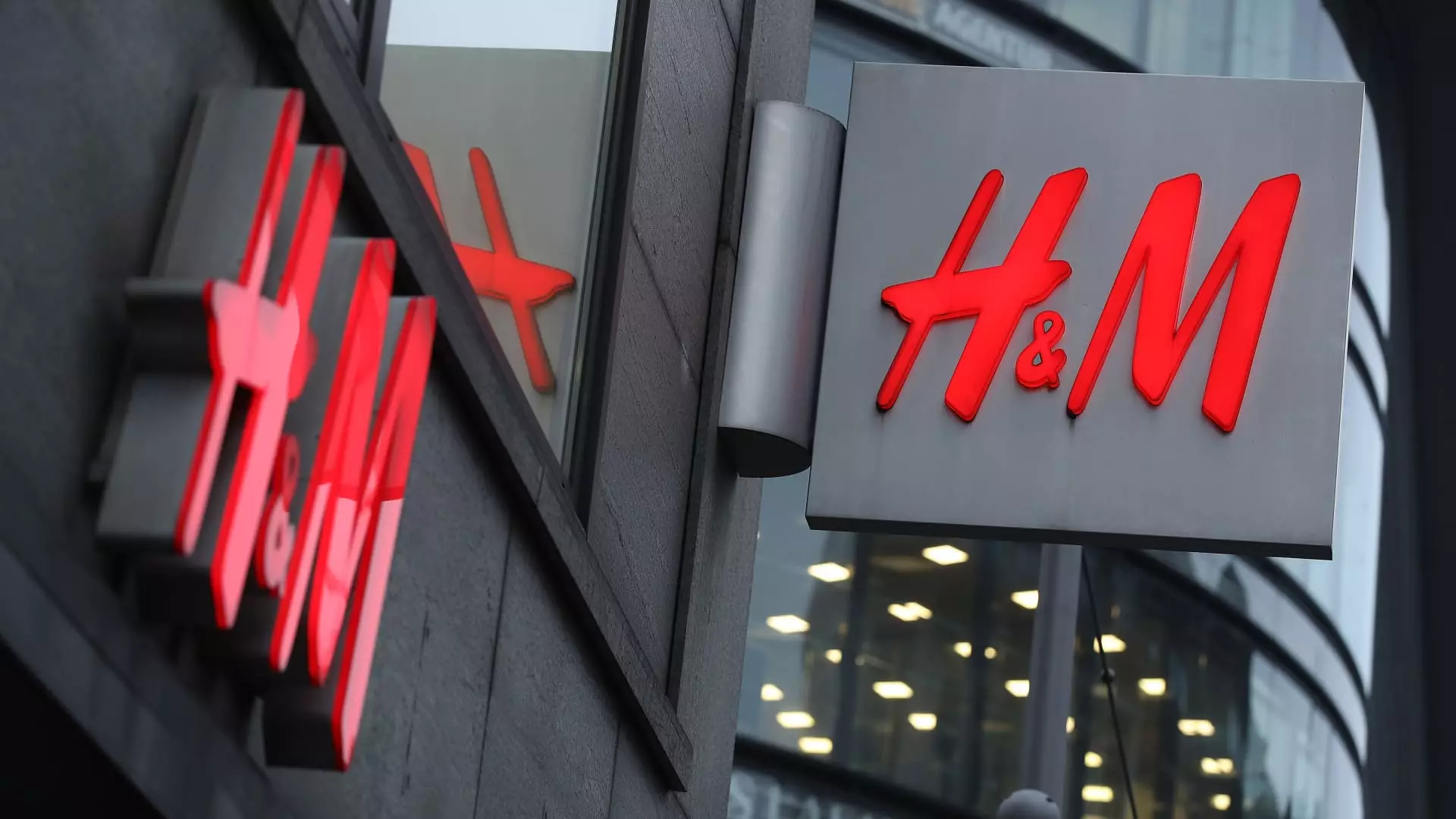On Thursday, H&M’s stock experienced a significant decline, falling by as much as 8% after the Swedish fashion giant reported disappointing operating profit figures for its fiscal third quarter. Posting an operating profit of 3.51 billion Swedish crowns ($345.8 million), H&M’s performance was starkly lower than the previous year’s 4.74 billion crowns. This sharp decline was surprising to analysts, who had anticipated the company’s profit to reach 4.93 billion crowns, according to data from LSEG. The disappointing earnings have led the company to retract its earnings margin target for 2024, heightening concerns about its future fiscal health.
CEO Under Fire as Challenges Mount
The recent developments pose a considerable challenge for CEO Daniel Ervér, who took the reins just eight months ago. His promise to deliver “unbeatable value for our customers and profitable growth” is now under scrutiny. With the retail environment becoming increasingly volatile, Ervér faces pressure to revitalize the brand and restore investor confidence. The cancellation of the profit margin goal underscores the difficulties H&M is grappling with, particularly after earlier warnings about the heightened challenges ahead in the retail landscape.
H&M’s struggles are symptomatic of larger issues within the retail sector. The company has been working against a backdrop of softer consumer demand, particularly as people navigate rising living costs and shifts in spending habits post-pandemic. Not only has weather influenced sales patterns, but increased competition from speedier fashion brands like Shein and established players such as Zara’s proprietor Inditex complicates H&M’s position in the market. As consumers become more selective in their shopping habits, brands that can swiftly adapt to trends are surfacing as formidable contenders.
In an official statement, CEO Ervér acknowledged the external factors that have affected sales and increased purchasing costs unexpectedly. The initial operational margin for the year is now projected to fall below 10%, a figure that raises red flags for investors and the company’s future profitability. While Ervér maintained confidence in the company’s strategic plan, the anticipated rise in markdown costs relative to sales in the forthcoming fourth quarter fuels skepticism amongst analysts and investors.
In reaction to the news, shares of H&M dropped significantly in early trading, ranking among the lowest performers on the European Stoxx 600 index. Analysts from UBS highlighted critical takeaways from the financial results, noting strong sales in local currencies but also pointed to a concerning rise in markdown costs. The decision to reduce the overall store count indicates a potential shift in strategy as H&M grapples with its market positioning.
Overall, as H&M navigates these turbulent waters, the emphasis will likely shift towards adapting to market changes and fulfilling customer needs while maintaining oversight on profitability pressures. How Ervér and his team respond to these challenges will be crucial for the company’s survival and growth in the fiercely competitive fashion industry.

